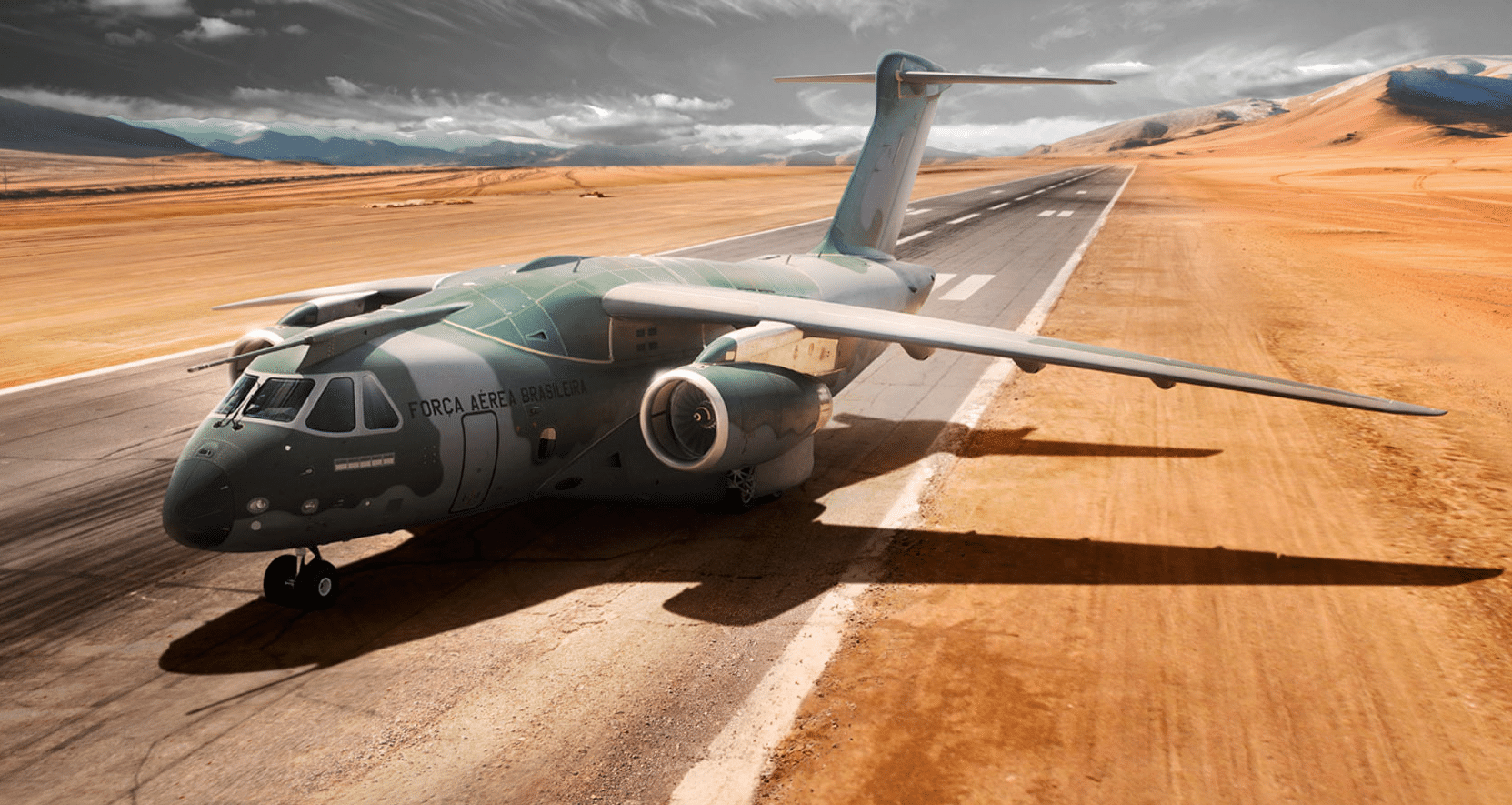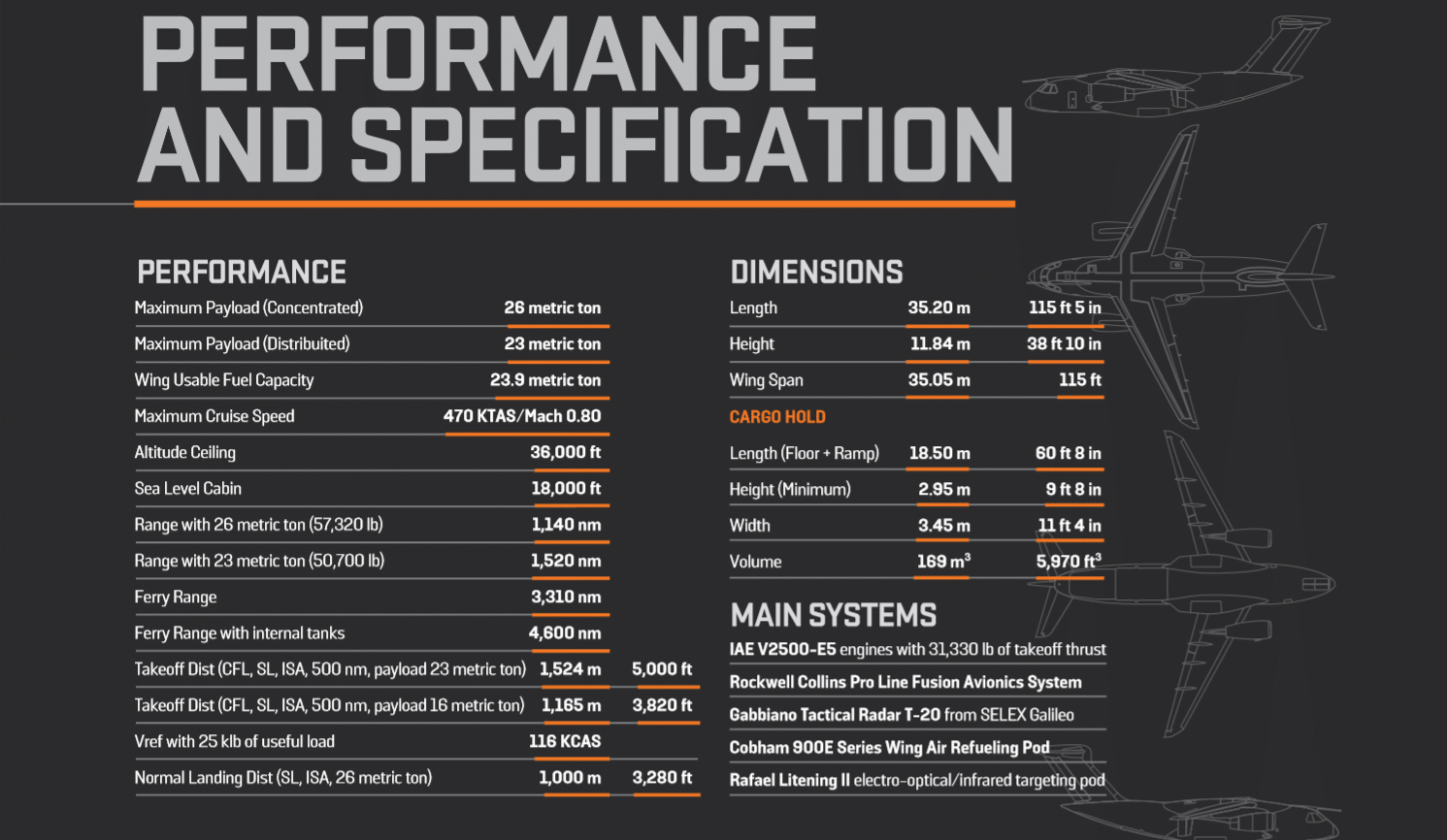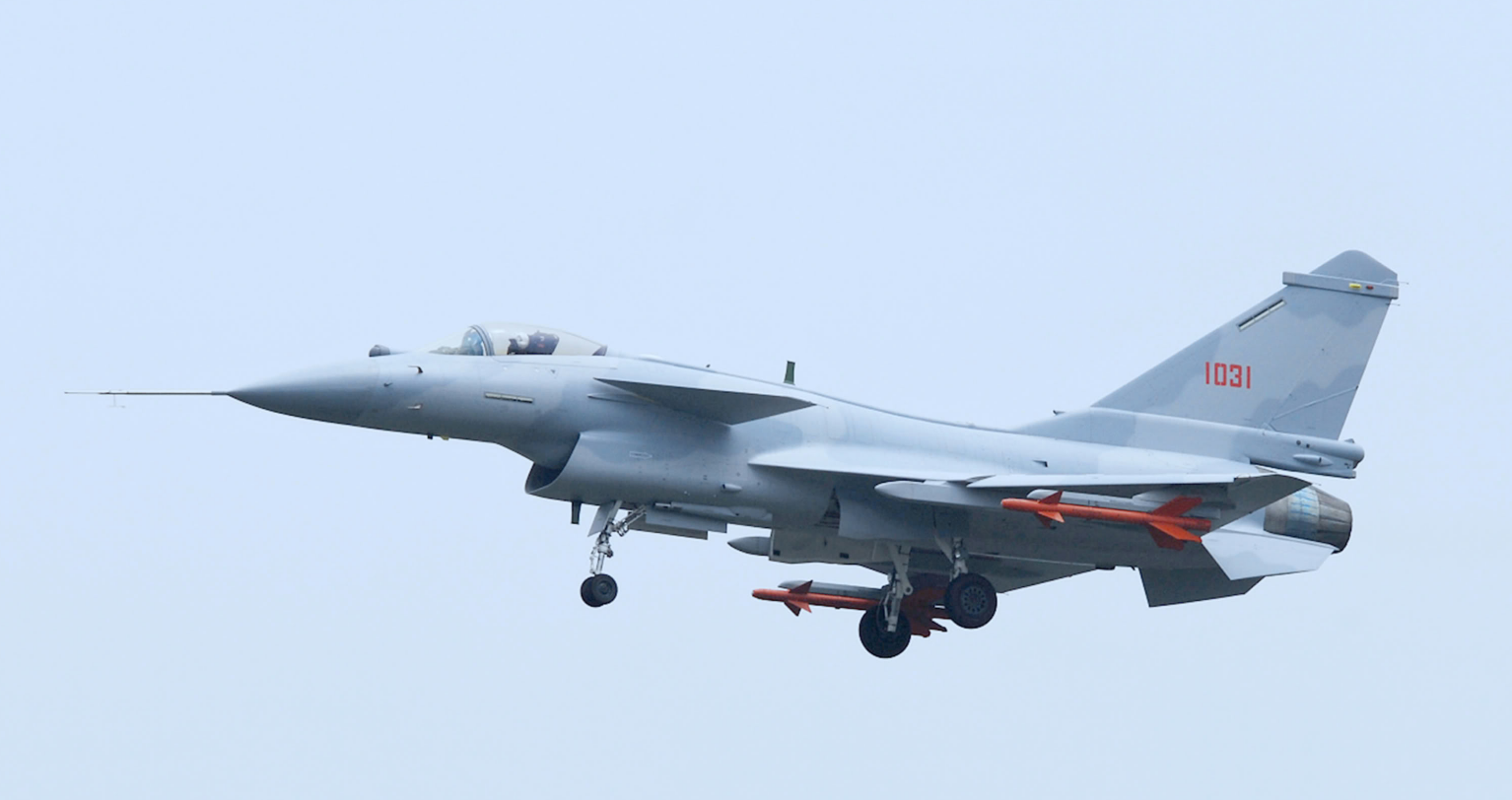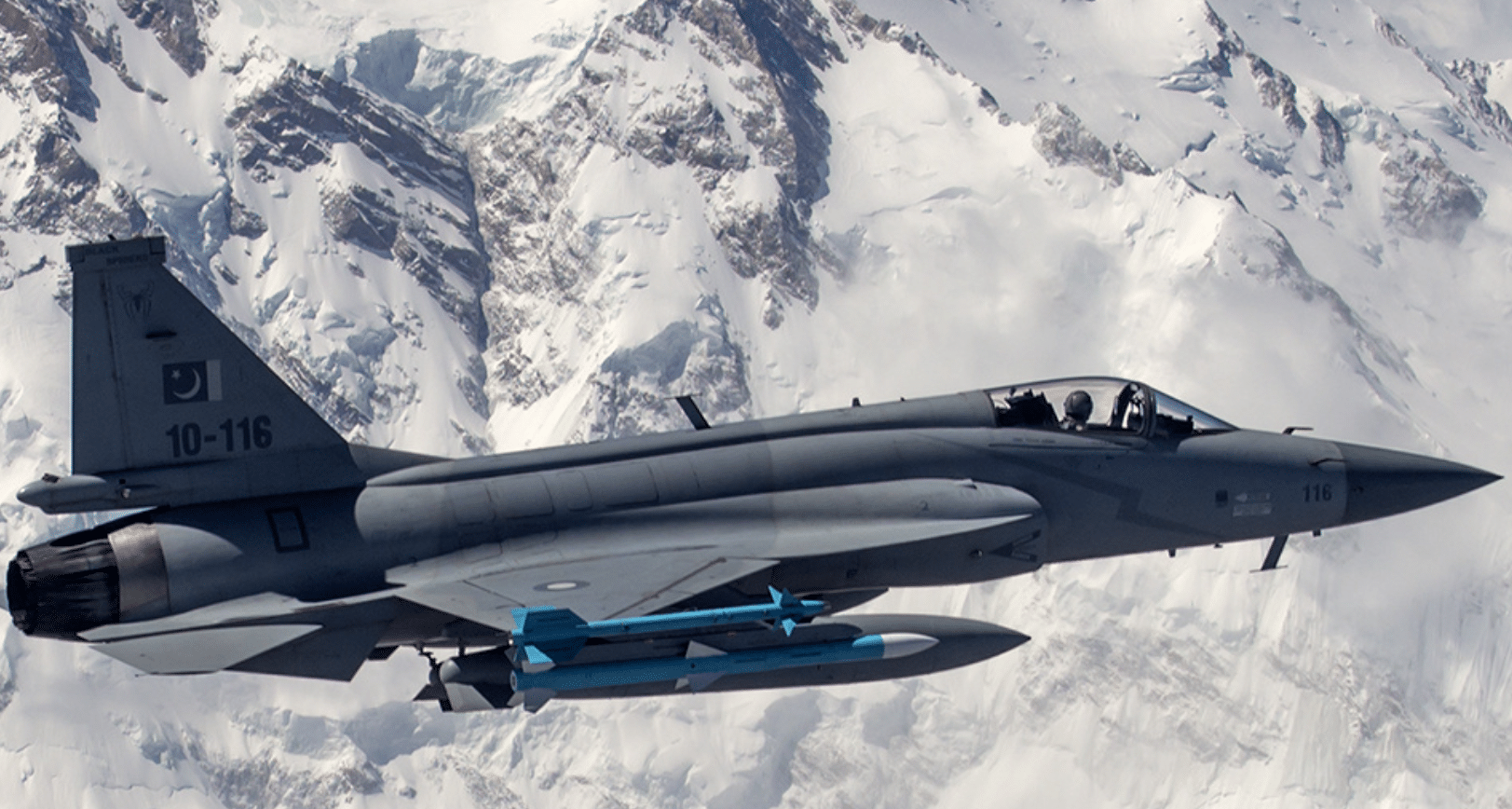2929Views 0Comments

Profile: Embraer KC-390 Multi-role Tanker & Transport aircraft
The KC-390 is a multi-role tanker and transport (MRTT) transport aircraft developed by Brazilian defence and aerospace giant Embraer. Embraer is marketing the KC-390 as a next-generation successor to 700-plus legacy Lockheed Martin C-130 Hercules transport aircraft still in military and civilian use around the world. The KC-390 is currently in its final development and testing stages, once it enters the market it will compete with the Lockheed Martin C-130J-30, the latest variant of the Hercules.
Embraer began developing the KC-390 in earnest in the mid-2000s. Initially, Embraer proposed developing a cargo variant of the Embraer E-190 airliner, but with the Brazilian Air Force (FAB) requiring a platform comparable to the C-130, Embraer proceeded with a clean-sheet design. According to Embraer, “there [is] no commonality at all” between the KC-390 and E-190 (Flight Global). At the 2007 Latin America Aero and Defence (LAAD) exhibition, Embraer revealed the existence of the KC-390 – then designated C-390.
In terms of airframe design, the KC-390 has a single wing placed on the top of the fuselage. The KC-390’s vertical stabilizer has a spoiler to enable for stall-free slow approach speeds. It can ferry 23 tons for a range of 2,815 km. In addition, the KC-390 is equipped with two Cobham Wing Air Refueling Pod (WARP) systems, enabling the KC-390 to operate as an in-flight refueling tanker (via hose-and-drogue).
One of the major design decisions of the KC-390 is the incorporation of jet engines instead of turboprop engines. The KC-390 is powered by two International Aero Engines (IAE) V2500-A5. This is a commercial engine that powers the Airbus A320. The V2500-A5 should theoretically provide the KC-390 with the life-cycle and operational cost savings comparable to a commercial airliner. It is a notable departure from the trend set by the C-130 – which uses turboprop engines.
Embraer is cognizant of the advantages turboprops can provide, especially in terms of hot-and-high performance. However, Embraer chose turbofans to guarantee long-term efficiency and cost savings. A user may have a need for hot-and-high performance to access specific areas, but those areas may only constitute a small portion of that user’s operational needs. Having every transport aircraft in the fleet optimized for hot-and-high performance could be costlier than maintaining a small force for those needs in tandem with a less capable platform for general needs.
In terms of electronics, the KC-390 benefits from a self-protection suite comprising of a radar warning receiver (RWR), laser warning, and missile approach warning system (MAWS). It also has countermeasures in the form of a chaff and flare dispenser and directed infrared countermeasures (DIRCM). The KC-390’s sensor suite includes the Leonardo Gabbiano T-20 pulse-Doppler X-band radar. The T-20 could provide a high level of situational awareness; it has a maritime surveillance range of 400 km and track while scan (TWS) of 200 targets (Leonardo). The KC-390 also has a Continuous Computed Drop Point (CCDP) algorithm that factors speed, altitude and wind to set an optimal release point for cargo and personnel.
Embraer conducted the KC-390’s maiden test flight in February 2015. As of November 2016, Embraer’s two KC-390 prototypes accumulated over 650 flight hours (Flight Global).
The FAB intends to make the KC-390 the backbone of its transport fleet – it is committed to 28 aircraft. Argentina, Chile, Colombia, the Czech Republic and Portugal are development and production partners, hence they too have been slotted for orders as well, potentially up to 32 (Flight Global). Embraer and the Brazilian government intend to export the aircraft to other markets, especially among legacy C-130 users. Embraer believes it could secure U.S. $1.5 billion in KC-390 sales per year (Reuters), and to help achieve that goal, it will work to bring the KC-390 to the civilian market.

Note: Official KC-390 information is available from Embraer.


